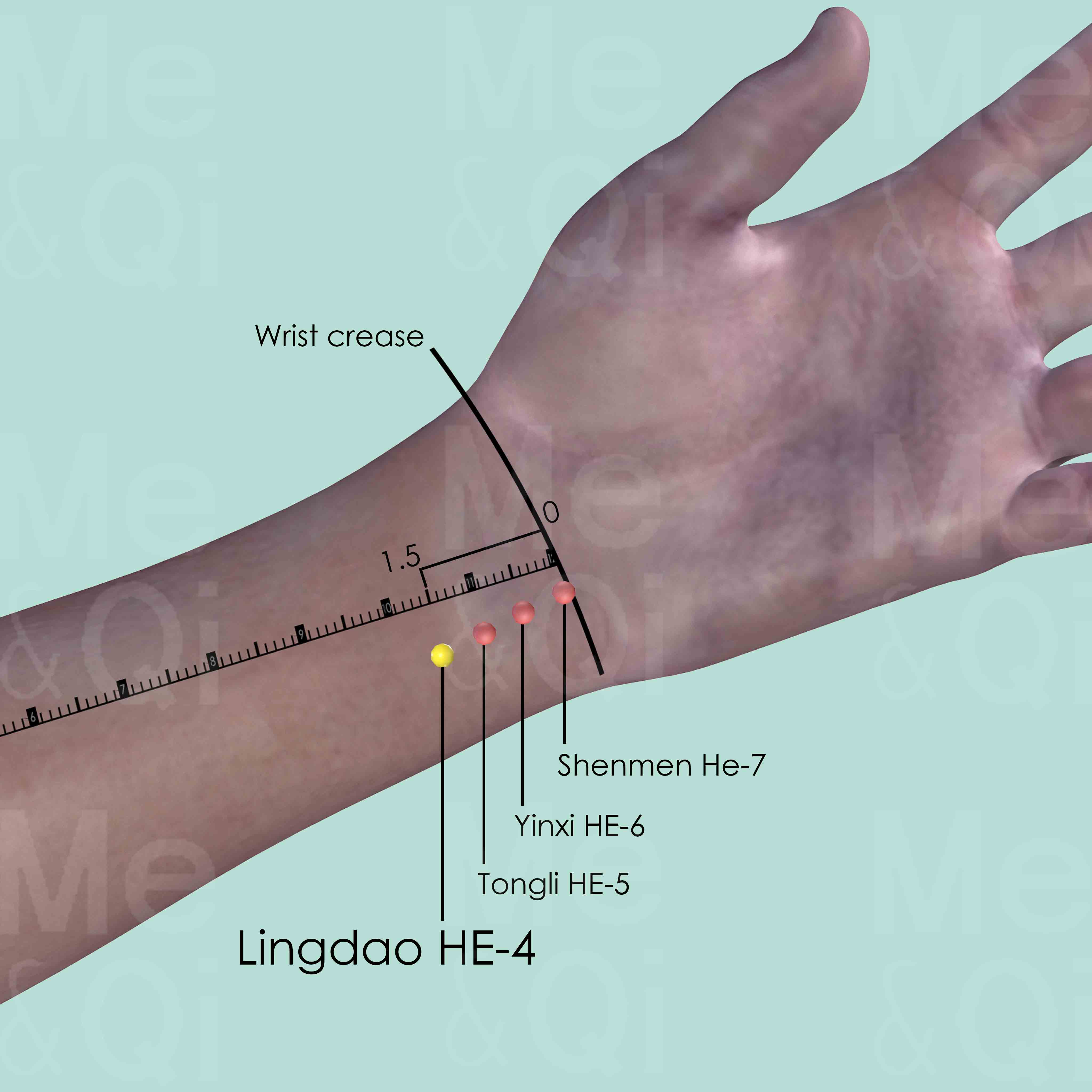Throat Abscessaccording to TCM
Symptom families: Lumps, Swellings & Abscesses, Throat Obstructions and Sensations
Did you mean? Throat Lumps
What is Throat Abscess?
A throat abscess is a localized infection in the throat, typically resulting in a collection of pus formed by the body’s immune response to bacterial invasion. The abscess can cause significant pain, swelling, and difficulty swallowing. It often develops in the peritonsillar or pharyngeal areas, leading to what is commonly known as a peritonsillar abscess.
Symptoms may include a sore throat, fever, hoarseness, and in severe cases, breathing problems. Immediate medical attention is usually necessary to treat a throat abscess effectively and prevent complications.
How Does TCM View Throat Abscess?
Traditional Chinese Medicine (TCM) regards a throat abscess as a symptom caused by the invasion of pathogenic Heat and Toxins, resulting in Qi And Blood Stagnation. It is seen not just as a localized infection but as a disturbance in the body's overall energy system.
In TCM, the body's inability to resist external pathogens is often linked to an imbalance in vital energy. The treatment focuses on clearing Heat, draining Toxins, promoting Qi circulation, and nourishing the affected channels. Recognizing the specific TCM pattern at play is vital to effectively treat the abscess and underlying disharmony.
Acupoints for Throat Abscess
In the treatment of throat abscesses, TCM prescribes specific acupoints to target the affected channels, clear Heat, and support the body's healing response. Lingdao HE-4, found on the wrist, is a pertinent point used to calm the mind, relax sinews, and benefit the voice.
According to TCM, stimulating Lingdao HE-4 helps alleviate the intense symptoms of a throat abscess, such as pain and inflammation, by addressing both the physical and emotional stresses associated with the condition. This holistic approach seeks to restore the natural balance and flow of Qi, aiding in recovery.
See more details below about Lingdao HE-4, an acupoint used to address throat abscess.
- By Meridian
- Heart Channel

Lingdao HE-4
On the radial side of the tendon of flexor carpi ulnaris, 1.5 cun above the transverse crease of the wrist when the palm faces upward.
